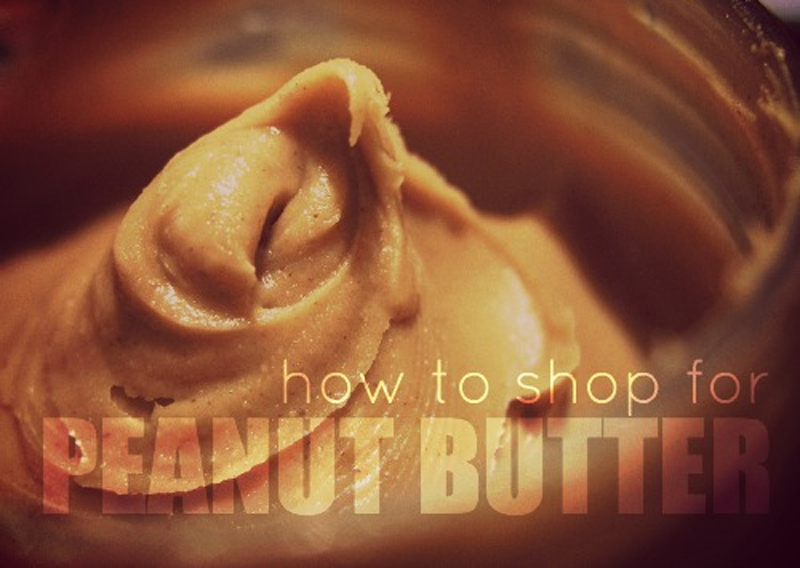Health Benefits of Peanut Butter
date: 2013-01-27  time: 11:00:21
time: 11:00:21
 time: 11:00:21
time: 11:00:21 Americans consume enough peanut butter each year to coat the floor of the Grand Canyon. Peanut butter, invented in 1890 as a meat protein substitute, is made from ground-up peanuts. Peanuts are not nuts at all, but legumes. Peanut butter offers a nutrient-rich addition to your snacks, meals and desserts.
Protein
A 2-tablespoon serving of peanut butter contains 7 grams of protein. Your body uses the amino acids found in protein to build and repair muscle tissue. In addition to building metabolism-boosting muscles, protein-rich foods like peanut butter keep you feeling fuller for longer. The protein in peanuts, like other plant proteins, contains an incomplete set of amino acids though.
Healthy fats
Peanut butter contains the same ratio of saturated to unsaturated fats as olive oil. The poly- and monounsaturated fats in the spread lower your risk of developing heart disease and type 2 diabetes.
Potassium
Excess sodium in your diet puts stress on your cardiovascular system, but potassium can counter the negative effects of sodium. Peanut butter brands with added salt contain two times more potassium than sodium, and unsalted varieties are even more heart-healthy.
Fiber
A 2-tablespoon serving of peanut butter contains about 2 grams of dietary fiber. While not the most fiber-rich of foods, peanut butter can help supplement your fiber intake from other foods. Fiber helps regulate your digestive system by promoting healthy bowel movements, and, like protein, fiber keeps your hunger at bay between meals.


Amerikaner konsumerar tillräckligt mycket jordnötssmör varje år för att täcka marken i Grand Canyon. Jordnötssmör uppfanns 1890 som en ersättning för proteinet i kött, och är tillverkat av malda jordnötter. Jordnötter är egentligen inte nötter, utan baljväxter. Jordnötssmör erbjuder ett näringsrikt tillägg till dina snacks, måltider och desserter.
Protein
2 matskedar jordnötssmör innehåller 7 gram protein. Din kropp använder aminosyrorna som finns i protein för att bygga och reparera muskelvävnad. Förutom att bygga muskler, så håller proteinrika livsmedel som jordnötssmör dig mätt längre. Proteinet i jordnötter, liksom andra växtproteiner, innehåller dock en ofullständig uppsättning av aminosyror.
Bra fetter
Jordnötssmör innehåller samma förhållande mättade-omättade fetter som olivolja. De fleromättade och enkelomättade fetterna i jordnötssmöret minskar risken för att utveckla hjärtsjukdomar och typ 2-diabetes.
Kalium
Överskott av natrium i din kost stressar ditt kardiovaskulära system, men kalium kan motverka de negativa effekterna av natriumet. Jordnötssmörsvarianter med salt innehåller två gånger mer kalium än natrium och osaltade sorter är ännu mera hjärtvänliga.
Fiber
2 matskedar jordnötssmör innehåller ca 2 gram kostfiber. Även om det inte är det mest fiberrika livsmedlet kan jordnötssmör hjälpa till att komplettera ditt fiber-intag. Fiber hjälper till att reglera matsmältningssystemet genom att främja hälsosamma tarmrörelser, och liksom protein, håller fiber din hunger i schack mellan måltiderna.
How to shop for peanut butter
date: 2013-01-09  time: 20:29:00
time: 20:29:00
 time: 20:29:00
time: 20:29:00 I actually think that the question I recieve the most is "Why are you eating peanut butter? I thought you were eating healthy and clean, aren't peanut butter really unhealthy and full of fat and sugar?!" and I can basically hear their mistrust and disgust through the letters. Peanut butter is healthy, as long as it's consisting of basically one thing: peanuts. Many peanut butters contain tons of sugar and additives, so look for the ones who doesn't.

Peanut butter has long been a staple in many a person’s diet, as it is tasty and relatively easy to prepare. And, it’s healthy! Many natural brands contain high levels of monounsaturated fats and the polyphenol reservatrol, both of which promote heart health and fight disease. But, not all peanut butters are created equally - some are less healthy than others. How can you tell which types are best to maximize your health benefits?
H O W T O C H O O S E I N G R E D I E N T S
When buying peanut butter, first look for a label that says ‘natural’ to narrow down your options. To ensure that the advertising is not false or misleading, always check the ingredients located under the nutrition facts. Your goal should be to purchase the least processed product possible. Avoid added hydrogenated oils, which more than likely equate to unhealthy trans fats (labels with hydrogenated oils toting “0g” of trans fat may contain up to 0.4g per serving in actuality). Additionally, it is wise to buy products with minimally added sugars, or avoid sugar entirely. Aim for low sodium, preferably <120mg per serving. Natural peanut butters are higher in fiber and protein, and lower in sugar, than their highly-processed counterparts in general.
W H A T A B O U T R E D U C E D - F A T ?
In most cases, reduced-fat PB is actually nutritionally worse than full-fat. It contains less healthy fat (poly and monounsaturated) and is chemically engineered with artificial sweeteners to make up for the caloric reduction. Choosing natural, full-fat peanut butter means that you are consuming more antioxidants and more nutrients, which makes it a better choice nutritionally, despite the extra ~40 calories.
A R E O T H E R N U T B U T T E R S H E A L T H Y?
Certainly! When shopping for almond butter, hazelnut butter, and so on, apply the same principles as when shopping for natural peanut butter. Check the ingredients for added oils, sodium, and sugar and choose wisely.







